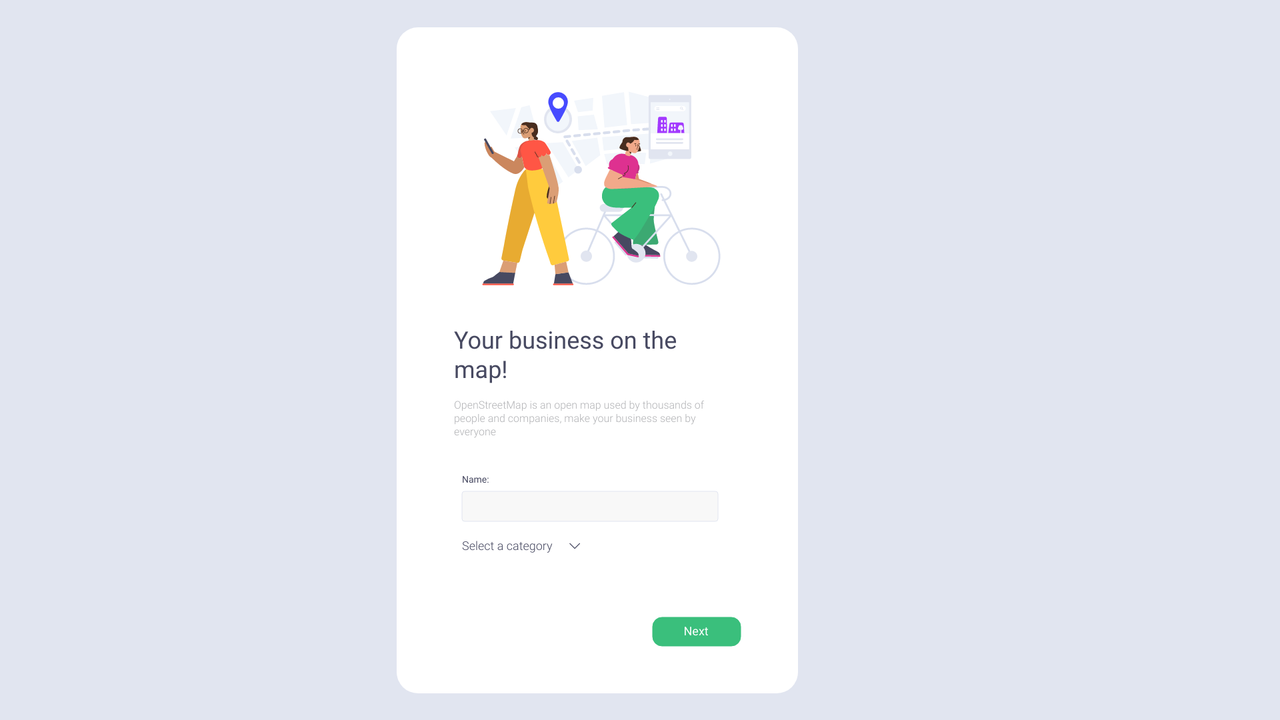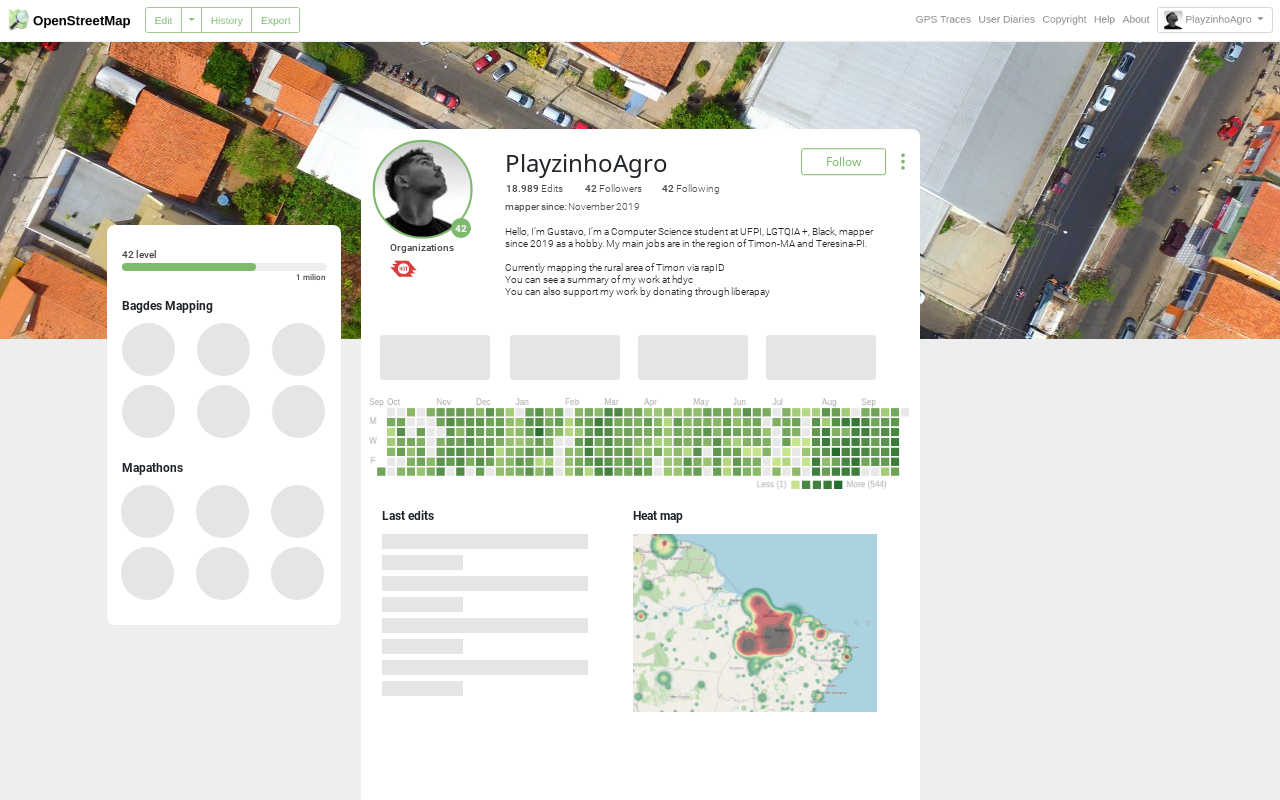Why are we creating a design system for OSM?
Posted by Gustavo22Soares on 18 June 2025 in English. Last updated on 26 June 2025.Over the past 20 years, OpenStreetMap has become one of the world’s largest and most impactful crowdsourcing projects. Thousands of communities have formed around collaborative mapping, connecting people and fostering the sharing of geographic knowledge.
Today, OpenStreetMap is an essential source of geographic data, powering a wide range of map services used by thousands of people daily and serving as a vital tool in managing climate and humanitarian crises. Although the main site, OSM.org, is not designed as a direct navigation tool, the experience of new users plays a crucial role in attracting new mappers. Improving usability for the public, therefore, benefits the entire community, alongside the millions of organizations that use OSM data.
In recent years, the OpenStreetMap ecosystem has grown significantly, expanding to every corner of the world and yet, the user interface of OSM.org is much the same as it was when OSM was founded in 2004. Among other challenges, it is not optimized for mobile devices, nor does it meet modern accessibility standards. We believe this is the time to prioritize a more cohesive, intuitive, and enjoyable user experience while making it easier for developers and contributors to create solutions.
To achieve this goal, we are developing a design system, a set of reusable guidelines and components that unify the design and functionality of digital interfaces. This system has been designed to meet the community’s needs, promoting consistency, accessibility, and scalability. It will ensure that interfaces are inclusive, modern, and capable of addressing the needs of a diverse global community.

